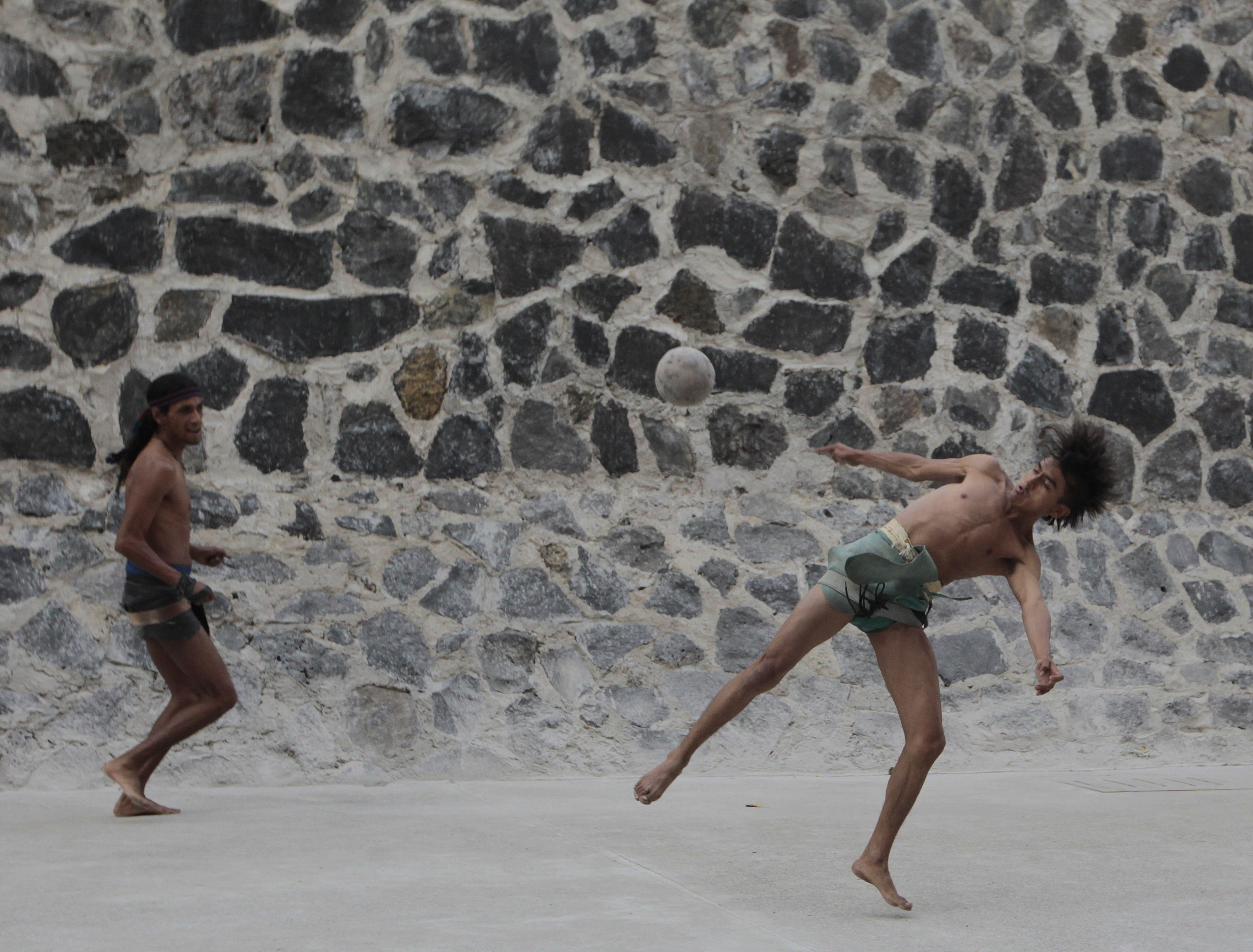
Mexico City slum revives the ancient Meso-American ball game
The court of ullamaliztli is a replica of the ancient Pre-Columbian ball courts, complete with the traditional masonry hoops built along the two tall parallel…
Residents of the northern Mexico City borough of Azcapotzalco - one of the city's most impoverished areas - are now able to play the pre-Columbian ball game known as ullamaliztli, more than 500 years after its disappearance.
"It is very important because [this] is a very troublesome area and we are giving [residents] a life alternative," Juan, coordinator of the Xochikalli project (Faro Poniente Xochicalli), which has undertaken various rehabilitation programs aimed at recovering the area's cultural roots through an assortment of workshops and activities, told EFE.
The court is a replica of the ancient Pre-Columbian ball courts, complete with the traditional masonry hoops built along the two tall parallel stone walls that flank the yard - the only difference being the fact that it lies in the middle of one of Latin America's largest slums.
The Aztec History publication argue that ullamaliztli is a revision of the original Mayan game and that is was a priority for the Aztecan empire.
Ollin, a cultural promoter and trainer, said that the main goal of the game is to "play ball" and have fun, scoring points when either team - each typically with four players, although the number of members may vary - gets the three-kilo (6.6-pound) hard rubber ball on the opposing squad's side.
RELATED CONTENT
Getting the ball through the three-meter (9.8-feet)-tall stone hoop, however, means an automatic victory, a feat that requires "arduous training," said Ollin.
According to Somos CDMX, playing ball was a “symbol of life, death and reincarnation” to the ancient indigenous people of the area —the Mayas. The website adds that five is the top number of players per team in the original Mayan and that the final goal of the game is, indeed, to get the ball through the stone hoop that was set in each side of the court, but only by using the hips. “It is believed that, at the beginning, the courts did not have hoops. The aim of the game was simpler—not letting the ball fall because it represented the sun”.
Previous to each match, participants carry out an old Meso-American ritual at dusk, which includes the burning of incense, the beating of drums and the blowing of seashells.
As many as half of the 32 Mexican states have ullamaliztli teams, although getting a chance to play is complicated due to the scarcity of venues to practice the sport, which forces most players to improvise their own makeshift courts.










LEAVE A COMMENT: